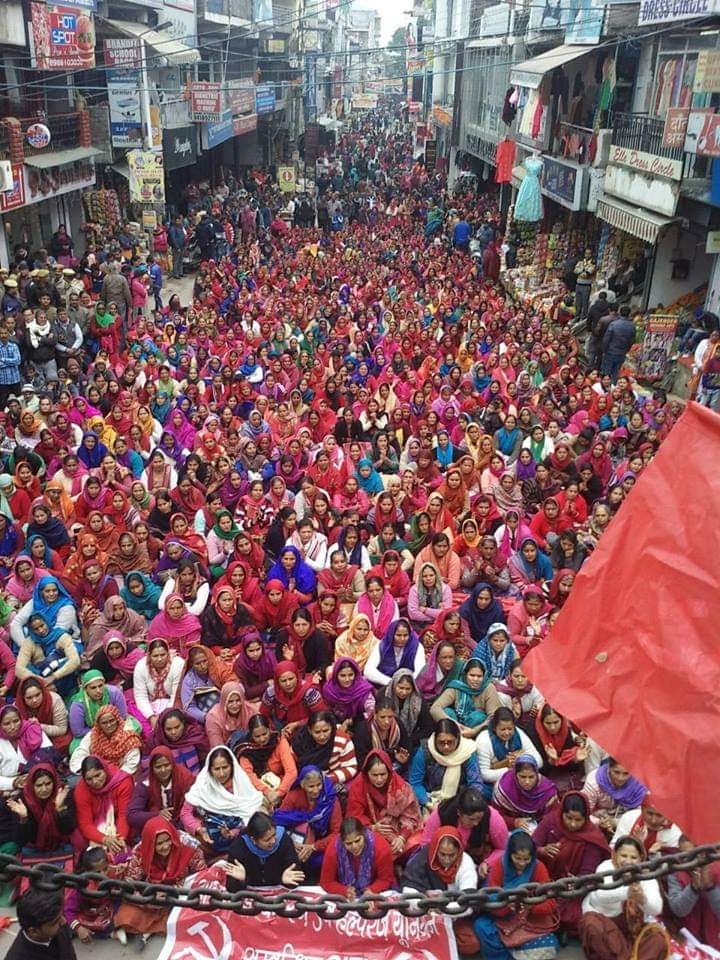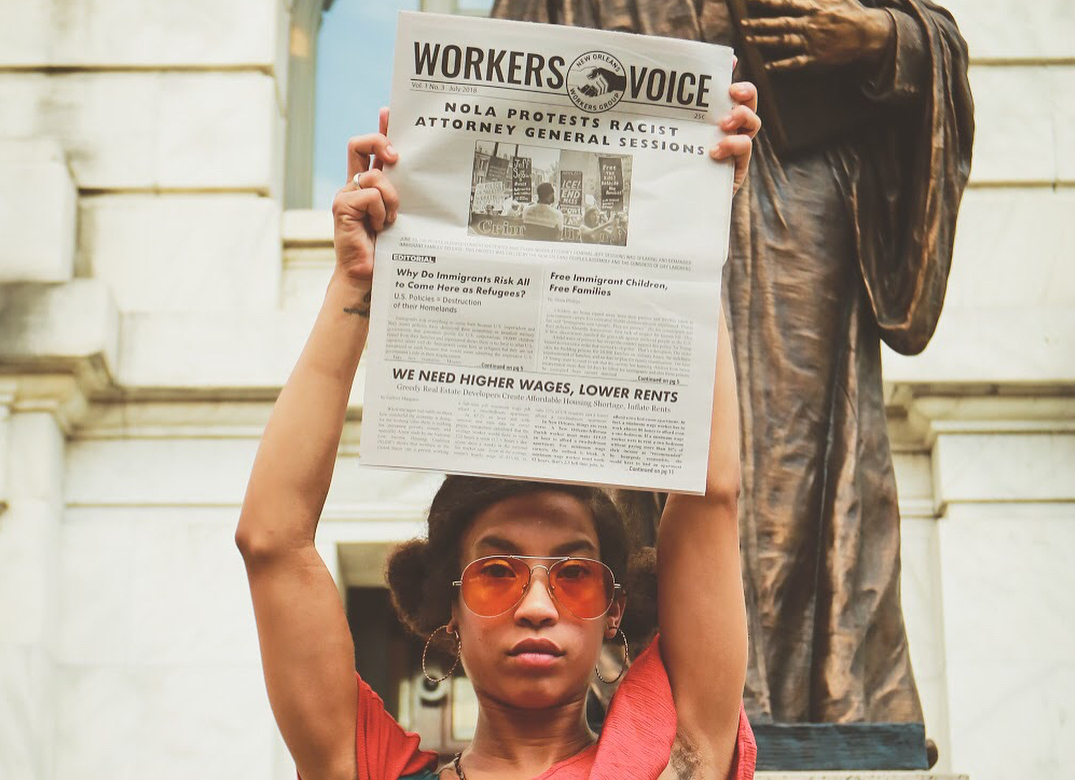
On Jan. 8 and 9, between 150 and 200 million workers and peasants in India participated in a general strike that affected the entire country. Although ignored by Western corporate media outlets like CNN and FOX News, this was likely the biggest strike in world history. To put the sheer number of participants into perspective, this is equivalent to half the population of the United States participating in a strike.
In Mumbai alone, it is estimated that 12 million people participated. But the strike also affected many rural areas. Most sectors of the economy experienced slowdowns and even shutdowns. Farmers carried out road and rail blockades in support of the strike. The strike featured broad participation of women who have led many struggles against the current government of the reactionary Narendra Modi. Student and other non-union organizations also joined in on a mass scale.
The strike was organized by 10 different trade unions spanning many sectors of the economy including farmers, bank, factory, and transport workers. Prominent among these were the All India Trade Union Congress (AITUC) and All India United Trade Union Centre (AIUTUC), associated with the Communist Party of India. In the crowds of people, many could be seen carrying the flags of communist parties and affiliated workers’ organizations.
The 10 unions produced a 12-point charter of demands, summarizing many of the demands of the masses who are resisting the austerity policies of the Modi government. In the five years of Modi’s rule, the top 1% of the Indian population has increased its share of all household wealth by more than 20% while unemployment is at record heights and more than 90% of Indians make less than 10,000 rupees a year (US $143). The unions’ demands include a stop to “all pro-corporate, anti-worker amendments to Labour laws,” and the implementation of “a national common minimum wage of Rs.18,000/month for all workers.”
